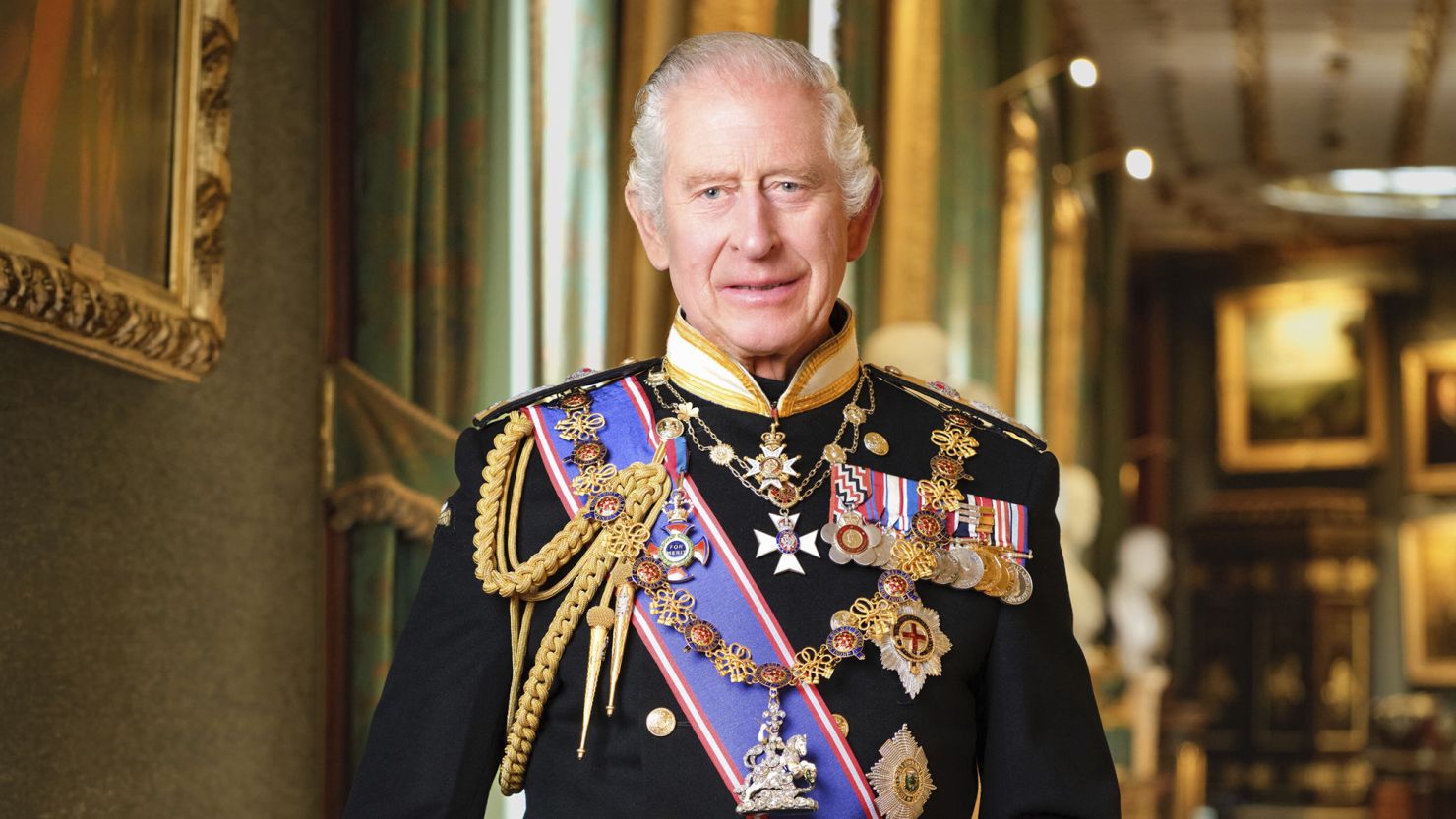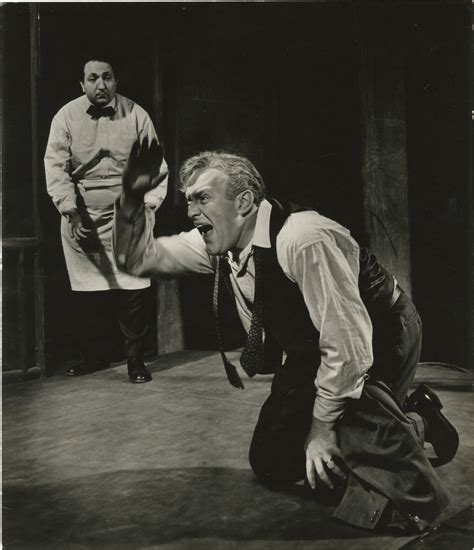The appointment of Sonia Sotomayor to the Supreme Court in 2009 marked a significant milestone in the history of the United States judiciary. As the first Latina to serve on the nation’s highest court, Sotomayor’s nomination and subsequent confirmation were widely seen as a breakthrough moment for diversity and representation.
Sotomayor’s journey to the Supreme Court was a long and winding one, marked by numerous challenges and triumphs. Born in the Bronx, New York, to Puerto Rican parents, Sotomayor grew up in a low-income household and was raised by a single mother after her father’s death. Despite the obstacles she faced, Sotomayor excelled academically, graduating from Princeton University and later earning her law degree from Yale Law School.
After law school, Sotomayor worked as a prosecutor in the Manhattan District Attorney’s office, where she quickly earned a reputation as a tough and skilled litigator. Her work in the DA’s office led to a series of high-profile cases, including the prosecution of a gang member accused of murdering a police officer. Sotomayor’s success as a prosecutor caught the attention of the federal judiciary, and in 1992, she was appointed to the U.S. District Court for the Southern District of New York by President George H.W. Bush.
Sotomayor’s tenure on the district court was marked by a series of notable decisions, including a ruling that ultimately led to the end of the Major League Baseball strike in 1995. Her work on the bench earned her a reputation as a fair and impartial judge, and in 1998, she was appointed to the U.S. Court of Appeals for the Second Circuit by President Bill Clinton.
It was Sotomayor’s experience on the appeals court that ultimately prepared her for her nomination to the Supreme Court. In 2009, President Barack Obama selected Sotomayor to fill the seat left vacant by the retirement of Justice David Souter. Sotomayor’s nomination was met with widespread acclaim, with many praising her groundbreaking achievement as a Latina and a woman of humble beginnings.
However, Sotomayor’s nomination was not without controversy. Some conservatives questioned her judicial philosophy, citing concerns that she might be too liberal or activist in her approach to the law. Sotomayor faced tough questioning during her Senate confirmation hearings, where she was grilled on her views on issues such as abortion, gun control, and affirmative action.
Despite the challenges she faced, Sotomayor was ultimately confirmed by the Senate in a 68-31 vote. Her swearing-in ceremony marked a historic moment, as she became the third woman and the first Latina to serve on the Supreme Court.
Since joining the Court, Sotomayor has established herself as a strong voice for progressive values and a passionate advocate for the rights of marginalized communities. Her opinions have been marked by a commitment to social justice and a deep understanding of the human impact of the law. In cases such as United States v. Windsor (2013) and Obergefell v. Hodges (2015), Sotomayor has played a key role in shaping the Court’s decisions on issues such as same-sex marriage and LGBTQ+ rights.
One notable example of Sotomayor’s impact on the Court is her dissenting opinion in Schuette v. Coalition to Defend Affirmative Action (2014). In this case, the Court upheld a Michigan constitutional amendment that banned affirmative action in public universities. Sotomayor’s dissent, which was joined by Justice Ruth Bader Ginsburg, argued that the amendment was unconstitutional and would have a disproportionate impact on minority students. Sotomayor’s opinion highlighted the importance of considering the historical context of discrimination and the ongoing need for affirmative action policies to promote diversity and inclusion.
In addition to her work on the Court, Sotomayor has also become a celebrated author and public speaker. Her memoir, My Beloved World, was published in 2013 to critical acclaim, and she has given numerous speeches and lectures on topics such as diversity, inclusion, and the importance of education.
As a justice, Sotomayor has also been an outspoken advocate for increasing diversity on the federal bench. She has argued that a more diverse judiciary is essential for ensuring that the law reflects the experiences and perspectives of all Americans, not just a privileged few. Sotomayor has also been a strong supporter of programs aimed at promoting diversity and inclusion in the legal profession, such as the National Association of Women Judges and the Hispanic National Bar Association.
In conclusion, Sonia Sotomayor’s appointment to the Supreme Court marked a significant turning point in the history of the U.S. judiciary. Her groundbreaking achievement as a Latina and a woman of humble beginnings has paved the way for future generations of diverse candidates to aspire to the nation’s highest court. Through her opinions, her advocacy, and her public service, Sotomayor has demonstrated a deep commitment to social justice, diversity, and inclusion, inspiring countless Americans with her remarkable story and her unwavering dedication to the law.
Sotomayor's impact on the Supreme Court extends beyond her judicial opinions. Her presence on the Court has helped to shift the national conversation around issues such as diversity, inclusion, and social justice. As a role model and a leader, Sotomayor has inspired a new generation of lawyers, judges, and public servants to pursue careers in the law and to work towards creating a more just and equitable society.
Pros and Cons of Sotomayor's Judicial Philosophy
| Pros | Cons |
|---|---|
| Strong advocate for progressive values and social justice | Some critics argue that her opinions are too liberal or activist |
| Committed to diversity and inclusion on the federal bench | Some argue that her emphasis on diversity may lead to tokenism or reverse discrimination |
| Passionate advocate for the rights of marginalized communities | Some critics argue that her opinions may be too focused on the rights of specific groups, rather than the broader interests of society |

What is Sonia Sotomayor’s background and how did she become a Supreme Court justice?
+Sonia Sotomayor was born in the Bronx, New York, to Puerto Rican parents. She grew up in a low-income household and was raised by a single mother after her father’s death. Sotomayor excelled academically, graduating from Princeton University and later earning her law degree from Yale Law School. She worked as a prosecutor in the Manhattan District Attorney’s office and later became a judge on the U.S. District Court for the Southern District of New York. She was appointed to the U.S. Court of Appeals for the Second Circuit in 1998 and was nominated to the Supreme Court by President Barack Obama in 2009.
What are some notable cases that Sonia Sotomayor has decided on as a Supreme Court justice?
+Sotomayor has decided on numerous notable cases, including United States v. Windsor (2013) and Obergefell v. Hodges (2015), which dealt with same-sex marriage and LGBTQ+ rights. She has also written opinions on cases such as Schuette v. Coalition to Defend Affirmative Action (2014), which addressed affirmative action policies in public universities.
What is Sonia Sotomayor’s judicial philosophy and how has it impacted her decisions on the Supreme Court?
+Sotomayor’s judicial philosophy is characterized by a commitment to social justice, diversity, and inclusion. She has argued that the law should reflect the experiences and perspectives of all Americans, not just a privileged few. Her opinions have been marked by a passion for advocating on behalf of marginalized communities and a willingness to challenge established precedents and norms.



